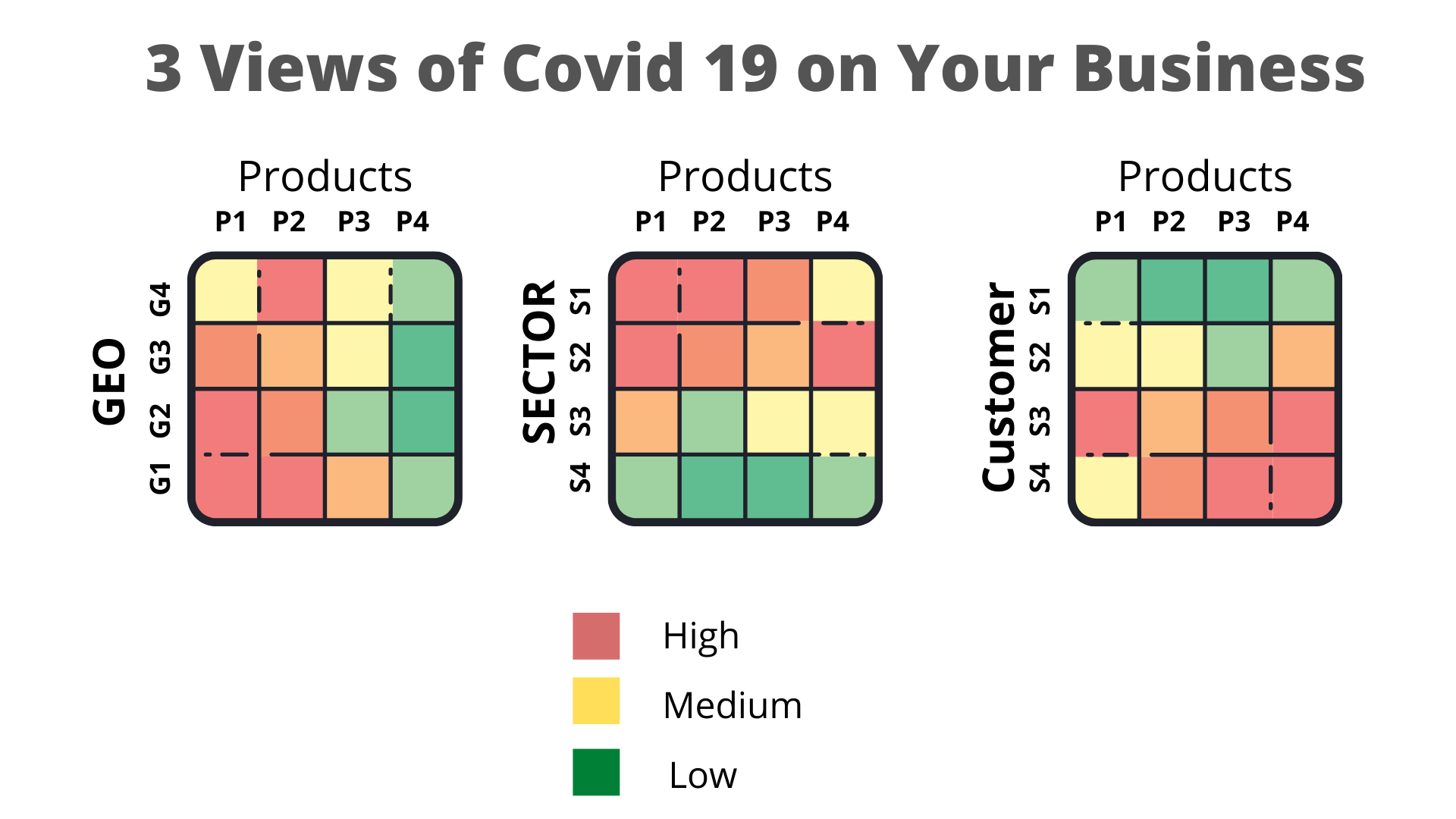While the growth rates in developed economies are still projected to be sluggish in the next few years, emerging markets are booming and can provide lucrative opportunities for many companies.
For example, certain automotive companies are focusing primarily on Brazil, Russia, India and China (BRIC) as they see these nations as the most important sources of future business growth. China is frequently considered one of the most interesting countries at the moment, given that the China is already one of the largest vehicle markets in the world and is progressively trending upwards even now.
What are companies looking for in new markets?
Market opportunities, natural resources, talents or tax and investment advantages are all reasons for companies to enter new markets and each of these requires different approaches and different capabilities and competencies. A strategic reason to enter a new market is certainly sales and production capabilities of the firm that can be leveraged in that specific market. One big mistake companies sometimes make is in attempting to enter a new market with their current products and services portfolio convinced they can easily apply the same winning business model used in countries already served. Often this “opportunistic” approach leads to a failure in the new market entry initiative putting and risks placing the parent company in a difficult position to explain to shareholders.
What should we consider when entering a new market?
Average disposable income in emerging and early stage markets is usually lower than in developed countries, however, the number of people that are moving towards a higher budget are rapidly increasing. Even if it is true that a lot of people are out of the target reach in emerging markets, it is also true that an enormous number of people will be requesting standard lifestyle products.
Product offering, approach and business models need to be adjusted to target the right offering for the new “local” consumer. An interesting example is the new Disney park in Shanghai, PRC, which will open in 2015 and with a total investment of USD 3.84 billion- Disney has spent several years studying closely the needs and desires of their target customers and adapted the world renowned Disney brand and formula to best attempt to fit the exacting requirements of the market (see article here). Entering a new market means knowing which products, what price, and what distribution channel(s) need to be used. Partnering with local companies (e.g. distributors) can be a good way to enter a new market, develop knowledge, and share new market entry risk.
A company we assisted in entering a new market recently set the first step in place developing a collaboration with a local distributor. In a few months (less than one year) the company was able to identify which formula of competitive advantage was mostly valuable in that market, which sales distribution channels were more appropriate and have a clear understanding on both the local buying criteria and the (different) process. As a second step, the company moved to a proprietary distribution channel having all the necessary capabilities and competencies available and confidence from the board that the ROI would meet targets.
Emerging and early stage markets are indeed enticing- completing thorough research systematically and setting place the right capability investments together with the best emphasis products and channels will increase the risk of success- something all shareholders want to hear and can trust in.




